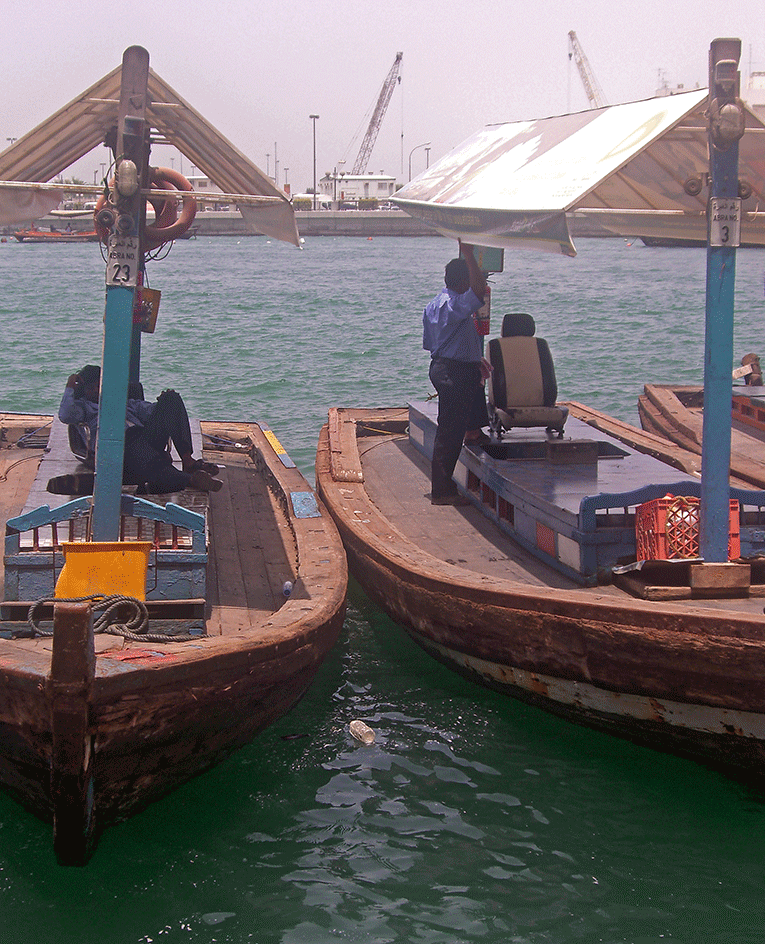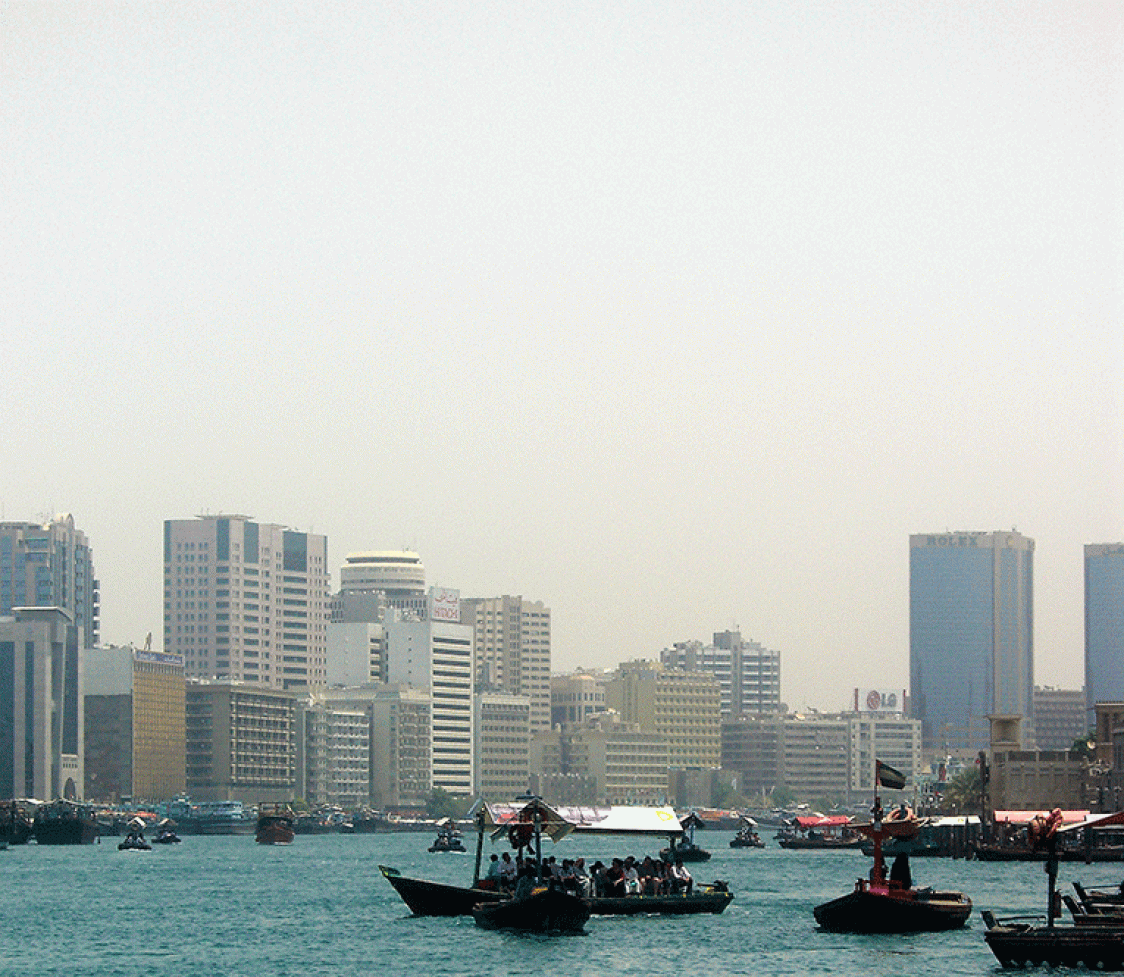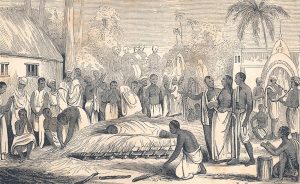DUBAI: LAND OF CONTRASTS
By BHAVNA PURSWANI
Fierce rays of sunshine struggle to burst past their curtains, greeting them as they wake. For certain Dubai-ites, these curtains hang before French windows, for others, they frame bars crackling with the slow peel of paint. In what is now called ‘old Dubai’, but what is the only Dubai for some, a day means crowded streets, sweaty exchanges and eagerly anticipated tea breaks – all reliant on the mercy of the magnificent might of the sun.
It is not uncommon to see labourers from the Asian sub-continent strolling along, holding hands, while dhows float lazily on the creek. The stark difference between this scene and ‘new Dubai’ is revealed about twenty kilometres away. Tall, glass skyscrapers appear abruptly, glinting playfully in the sun. Displays of affection adopt the more refined air of the continental greeting of a kiss on each cheek.
Where in old Dubai traditional Arabian architecture is scattered over the landscape like stray pebbles, in new Dubai it stands purposeful, proud of its heritage. These new architectural gems are built using styles that date back to ancient Arabia. Painted in a hue that has traditionally symbolised wealth over the centuries, they house only pure luxury within.
The burgeoning gap is bridged by few; usually the affluent who have called Dubai home for only longer than this century. While frequenting the upscale restaurants and spinningly swank bars of new Dubai, their visits to old Dubai remain regular. If not because their businesses remain there, then it is to savour what they know to be the most authentic shwarma in Dubai, from a cafeteria that resides in a leafy backstreet. Or maybe to visit the loyal haberdashery that has sold the same goods for thirty-five years, and never sacrifices on quality. Whatever the reason, they know old Dubai is imbued with charms and an authentic hue that makes their return inevitable.
One characteristic Dubai possesses that never ceases to amaze is the diversity that exists side by side, and how some are able to adapt to the different aspects of life, on a daily basis, with chameleon like ease. Take a businessman that works in a modern office in a skyscraper, wears Armani to work and seals a $100,000 deal in English. The same man comes home, eats a traditional Arabic dinner, changes into his kandura and retires for the night to the majlis on his terrace. There he indulges in a game of backgammon with a cup of Chai Al Halib while taking in the aromatic flavours of a hookah.

Then there are those whose fusion seems tenuous. What with a constantly large transient expatriate population, social norms cannot be totally sacrosanct. Take two neighbouring villas in an uptown residential suburb. In one, an unmarried American couple in their mid twenties is living happily together. In the other, a twenty four year old girl who lives with her family sneaks out to meet her forbidden lover with the help of her maid. But such is cosmopolitanism; it comes with private beliefs, leanings and urges, albeit under the radar.
While some families accept that clubbing and bar hopping are a regular part of their teenagers’ social schedule, others make sure that teenage girls are not allowed to leave the house unaccompanied. Yet all these parallel streams run together. Some never join and so run their own course forever, some converge and retain the overlap, and some meet only to find their paths splitting again.
The diversity contained in this paradise conjured from a desert spans continents, generations and continents within generations. Several contrasting lifestyles exist side by side, interact and return from this odd collision unscathed. Welcome to Dubai.
THE AUTHOR: Writer and traveler BHAVNA PURSWANI hails from the Indian Sub-Continent. She holds a BSc Hons in Psychology from University of Nottingham. She is a reiki practitioner, glider, skier, photographer and creative writer, and she also writes fluently in Arabic and Greek.
Photos by Bhavna Purswani



